Everything about the way we make and consume food—from the food packaging, to the placement of products in the grocery store aisles, to the background music that plays as you browse—is the result of a carefully designed system.
Once we see the food system through this design lens, it appears ripe for innovation. Sixty percent of calories consumed globally derive from just four crops—wheat, rice, corn and potatoes—a shocking level of uniformity that makes our food system susceptible to crises like pandemics and extreme weather. We’ve already seen how swiftly store shelves can empty, how prices of staples can skyrocket, because of the tenuous, fragile links in the food supply chain.
But what if grocery stores carried truly sustainable food products designed to regenerate nature and build a more resilient food system? Products like pastas made with diverse ancient grains, plant-based alternatives to packaged snack foods, beer made from surplus bread, and juices from plants like foraged cactus—foods that are less resource-intensive, more resistant to shocks, and still delicious. What if consumers could make choices like they do now, based on taste, preference, and price, but trust that their choices had positive and sustainable impacts?
Over the past two years, through the global Big Food Redesign Challenge, we’ve worked with more than 100 food makers across three continents, from small startups to major industry leaders, to create or revamp products so that they are sustainable from seed to shelf. These innovative products demonstrate that—with partnerships that reach across sectors and industries, and with philanthropy willing to make early, leading-edge investments—food can be produced sustainably, in a way that benefits people, the planet, and the bottom line.
The concept of sustainability is familiar and indeed appreciated by consumers and businesses. Of the $2.6 trillion that American consumers spend on food each year, about 20% goes to sustainable products. But rather than focusing on making one element more sustainable, like plastic-free packaging, we need to account for the environmental impact of the full food system—from which ingredients are used, to how they are grown and sourced, to how they are shipped and made, to what materials are used for their packaging. Without a system-wide approach, the food sector will continue to be a significant contributor to global carbon emissions—today it accounts for a staggering one-third of the global total.
The Schmidt Family Foundation and the Ellen MacArthur Foundation have previously collaborated with businesses to bring circularity to consumer goods, from drinkware to fashion. Each of these efforts required thinking about the full system and how to improve it. To bring sustainability to every part of the food journey, the businesses participating in the challenge prioritized ingredients that were diverse, low-impact, and upcycled.
Diversifying ingredients, from a broad range of plant and animal species, benefits soil health, builds food supply resilience, and makes food businesses less reliant on single inputs. A company that created a shelf-stable smoothie powder, for example, sought out organic farms and worked with them to use the little-known Indian apple banana, which is more disease resistant than comparable ingredients. Grains offer many opportunities to diversify: One company’s prepared pilaf uses fonio, a drought-tolerant, gluten-free West African staple that boasts a carbon footprint nearly 80% smaller than rice and a 99% lower water footprint.
Low-impact ingredients, like fonio, have fewer negative effects on nature, or even positively “regenerate” nature. These ingredients can reduce greenhouse gas emissions, biodiversity loss, and deforestation and protect the long-term resilience of the natural systems we rely on for food in the first place. Meat options in the challenge were sometimes enhanced with underutilized seaweed or alternate plant products, reducing the carbon footprint of meat. For other products, manufacturers worked closely with farmers to guarantee that products were regenerative.
Finally, upcycled ingredients are derived from food that would otherwise be wasted or lost, which reduces pressure on land and maximizes return on the inputs used to grow food. Products created through the challenge included those that rescued and reused everything from oat harvest leftovers to banana peels. Bread destined for the trash ended up contributing to a tasty beer, and wrinkled peas, which otherwise wouldn’t make it to market, were dried and ground with whole meal flour to create pasta.
While circular products are important, we need circularity built into the system itself. When you eliminate waste, you increase productivity and options. Healthy food choices, sources, and markets expand. Farmers have a new way to make money: Perhaps most importantly, when you put nature first, you increase long-term health of the soil, improving fertility and yield (which also drives higher profits). Plants, animals, and humans all benefit from a new kind of regenerative efficiency that plans for the future and protects planetary resources in a way conventional industrial food systems do not.
Systemic transformation requires all of us. We need bold leadership from business, policymakers, and the finance sector. Policy levers, including legislation and regulation, can provide the economic incentives food businesses need to invest in transforming the system. Small amounts of targeted capital can accelerate innovation and product development. Strategic philanthropy can bring great ideas from pilot to scale. And ultimately, manufacturers, retailers and consumers need to embrace and demand better options.
We have the resources for an abundant and resilient food system. Let’s use them.
The opinions expressed in Fortune.com commentary pieces are solely the views of their authors and do not necessarily reflect the opinions and beliefs of Fortune.
Read more:
- Despite Europe’s economic woes, consumers are sticking to their guns on sustainability
- Governments have just 5 weeks to end plastic pollution. A global, binding treaty is the only solution
- A handful of companies have the power to save the oceans. Here’s why we’re urging them to reinvent our land-based food systems
This story was originally featured on Fortune.com

 2 hours ago
1
2 hours ago
1
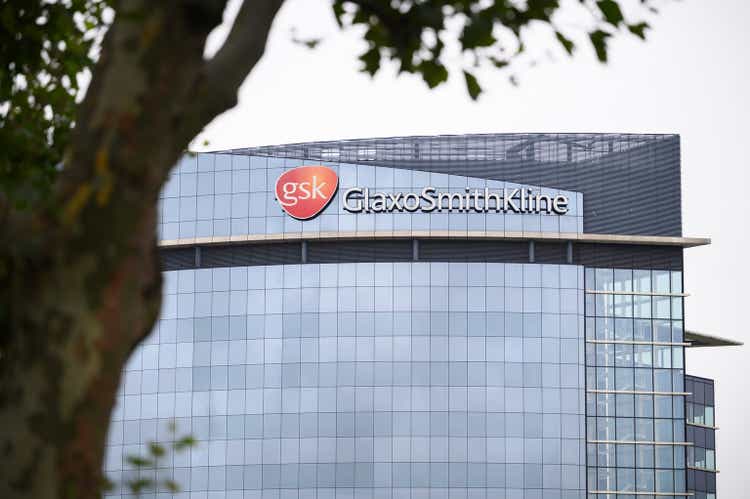





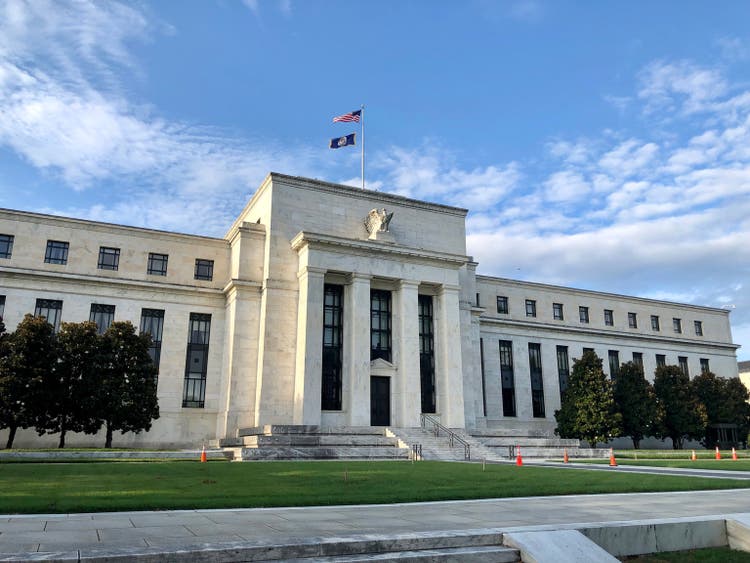
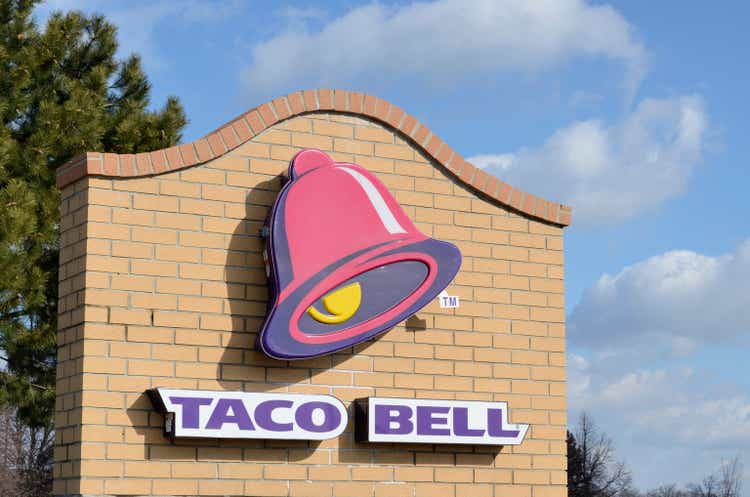








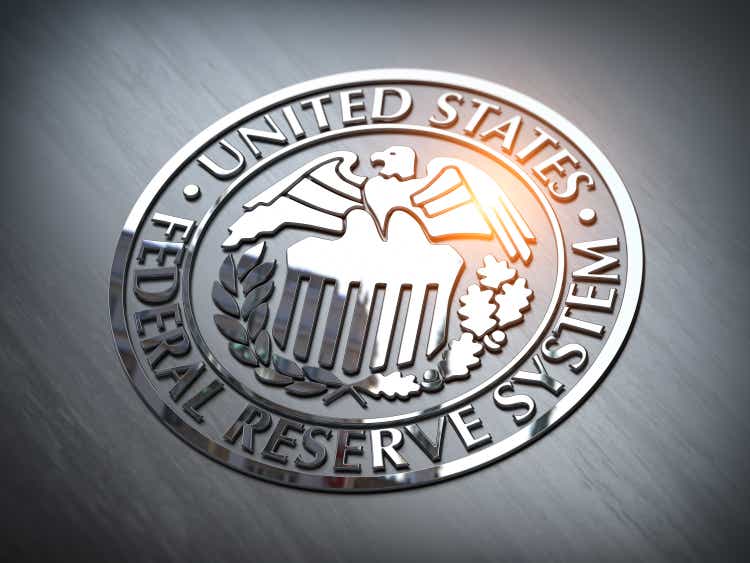

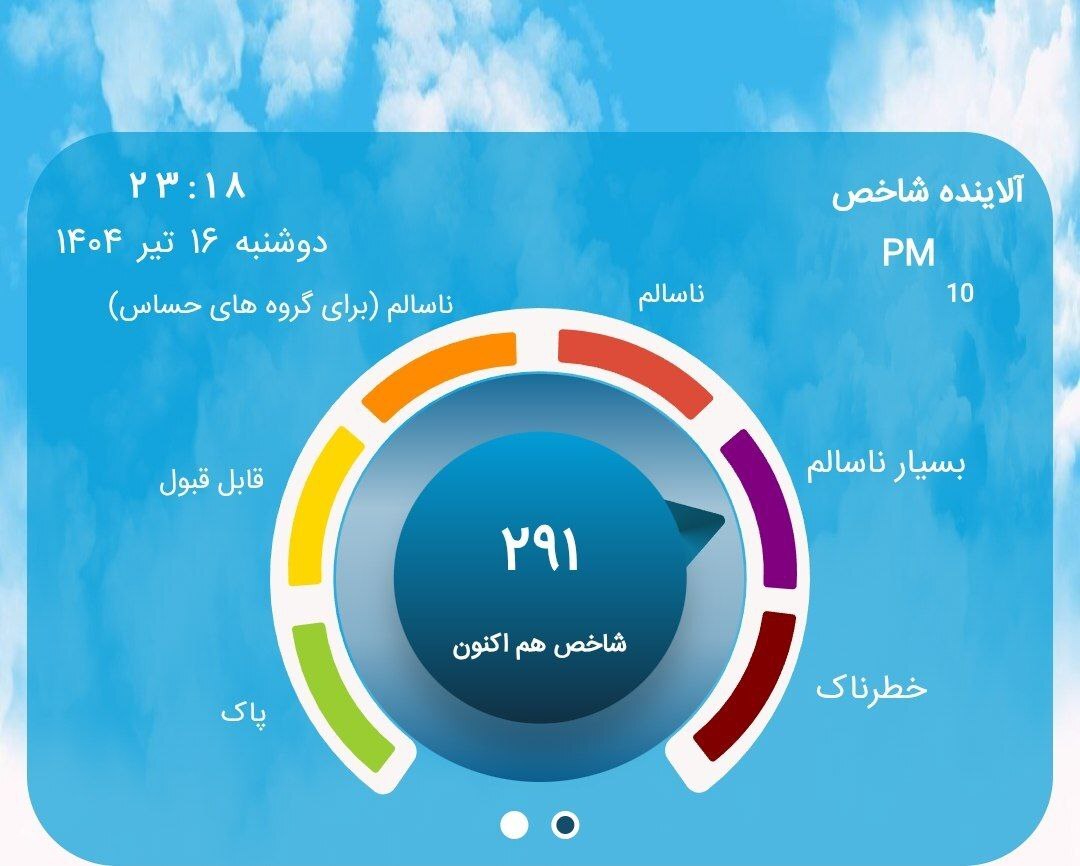
 English (US) ·
English (US) ·